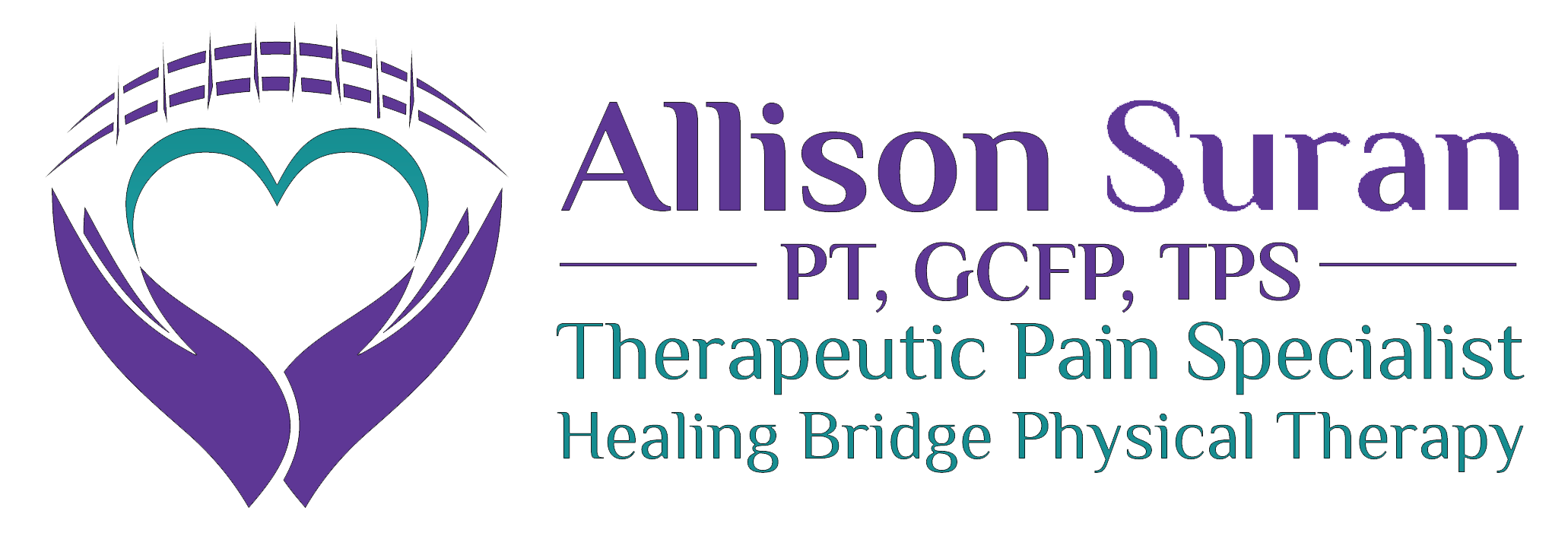What is Pain?
August, 2016
The word pain has a lot of different meanings. One of the premises of Pain Neuroscience Education (PNE) is that the more a person knows about pain, the less they fear it. And, less fear of pain results in less brain/nervous system activation and thus, less pain.
The definition used by the World Health Organization is: “An unpleasant sensory or emotional experience associated with actual or potential tissue damage, or described in terms of such damage.” An additional definition used in my Pain Neuroscience Training is: “Pain is a multiple system output activated by the brain based on perceived threat.”
Let me break this down a bit.
1. “An unpleasant sensory experience.”
Duh. This is what we feel. However, it includes multiple types of sensations which can be burning, tingling, stabbing, throbbing, dull, achy, annoying, etc. This list can be extensive. (watch for my next blog-post 🙂 )
2. “An unpleasant emotional experience.”
This is where the pain experience gets interesting. (or some other expletive of your choosing). Pain can cause an emotional response and emotions can cause an exaccerbated pain response.
a. On-going pain can contribute to depression. Not knowing how to fix or control the pain can cause anxiety. Not knowing how to move safely can cause fear. Being in pain and not being able to participate in your normal daily functions can be overwhelming. Losing sleep because of pain can be exhausting…. Need I go on?
b. The less understood experience is when emotions cause physical pain. Someone can be experiencing a significantly stressful life event and the pain from their old back injury can resurface. Or, many of my patients have had the misfortune of experiencing trauma at some point in their life. During traumatic events, such as abuse, the brain is very good at suppressing pain because its primary role is for your safety and having to stop to care for ones pain may put them in further jeopardy of harm. However, years after the trauma is over, the body and brain may be still contracting muscles in a fear and protective response that can eventually result in physical pain. Do this experiment: Make a tight fist. Now imagine that you had been holding that fist all day, year, or longer. It makes perfect sense that your hand would start to hurt at some point – just like the muscles and joints of your body if they have been guarding against the threat of harm. The examples of how emotions can lead to physical pain are extensive and are easy to understand once you grasp how the physical body responds to our emotions.
One of my favorite quotes from Moshe Feldenkrais:
“To every emotional state corresponds a personal conditioned pattern
of muscular contraction without which it has no existence.”
3. “Pain is based on perceived threat.”
This may be one of the most important concepts to understand about pain – that the level of pain is determined by the level of threat perceived by the brain. I may perceive a sprained ankle as a low threat because I understand it, how it will heal, and how I can continue my work even with some walking impairments. However, a construction worker might perceive the same sprain with much more threat as he may have to take time off work while it heals which might affect his finances, thus creating more emotional distress and more pain experience.
4. The “multiple systems output” (of the brain) is how physical and emotional pain can become intertwined. While there are multiple systems in the brain monitoring and managing our emotional responses to everything that is going on in our life, many of these same brain areas are monitoring the pain in our physical body. Both the physical and the emotional responses can be stressful and perceived as a threat and unfortunately this can begin to cross-over as ones emotional responses can begin to exacerbate their physical pain response. That’s the bad news. The good news is that once you understand this, you can begin to realize that taking charge of your pain includes taking charge of your brain.
This is why I have started the Calm Your Pain program at Healing Bridge Physical Therapy. Learning how to pace yourself in order to move safely without painful flare-ups is an essential piece. Managing the known and unknown stressors that are triggering your brain to perpetuate your physical pain is the other half of the puzzle to support your success in experiencing less pain. Research has shown that when patients combine movement with education and nervous system regulation (relaxation, mindfulness, breathing strategies, etc) that you can decrease your pain by at least 2-3 points on a 1-10 pain scale.
FREE, Need to Know INTRO classes are being offered at the clinic to help you decide if the Calm Your Pain program is right for you! The Calm Your Pain program starts in October and will begin 2 times per month on Wednesdays from 12:15 – 1:45 and are a part of a comprehensive physical therapy program. More classes will be added in 2017.
Call to schedule your FREE, Need to Know INTRO, TODAY!
I look forward to seeing you soon.
In Health,
Allison Suran
